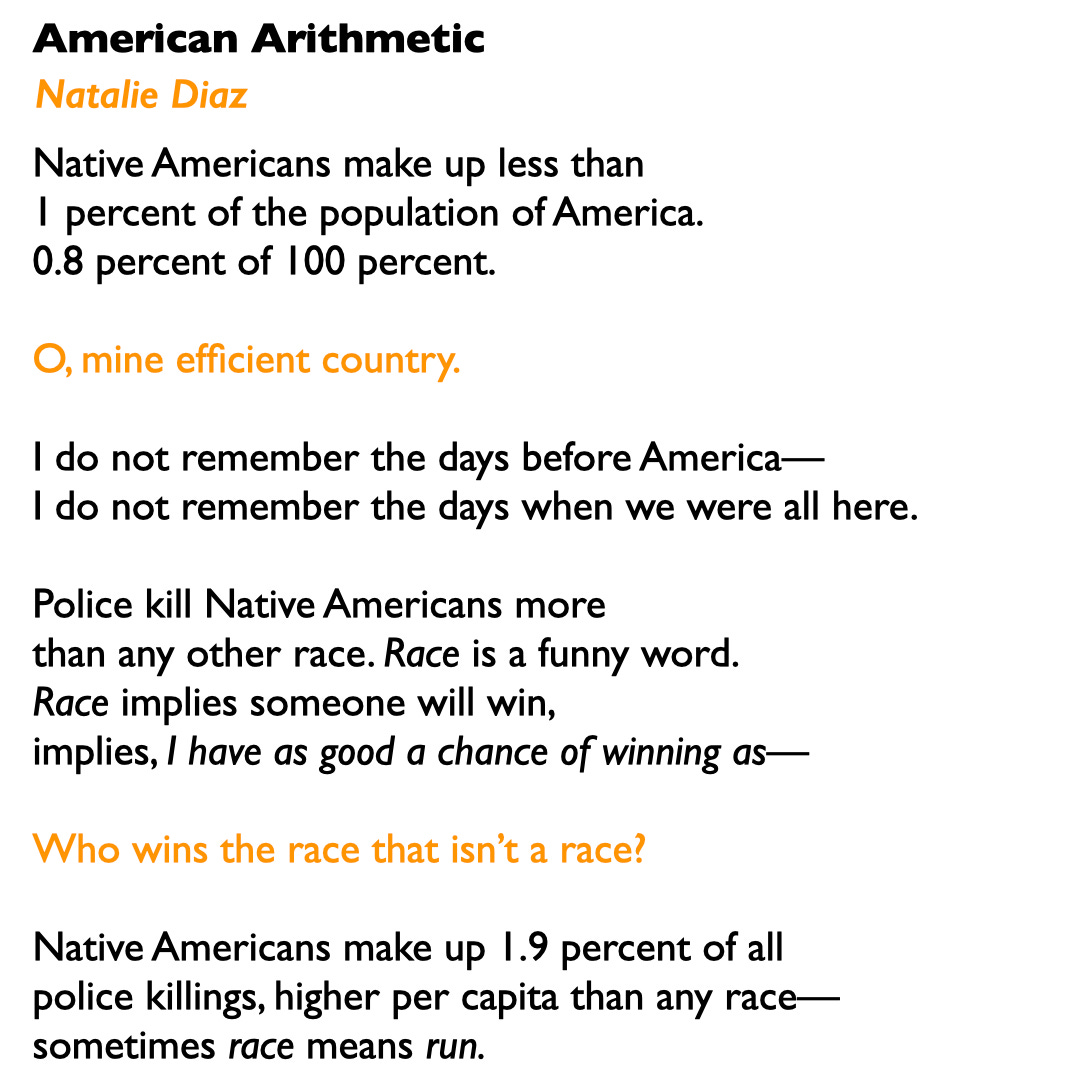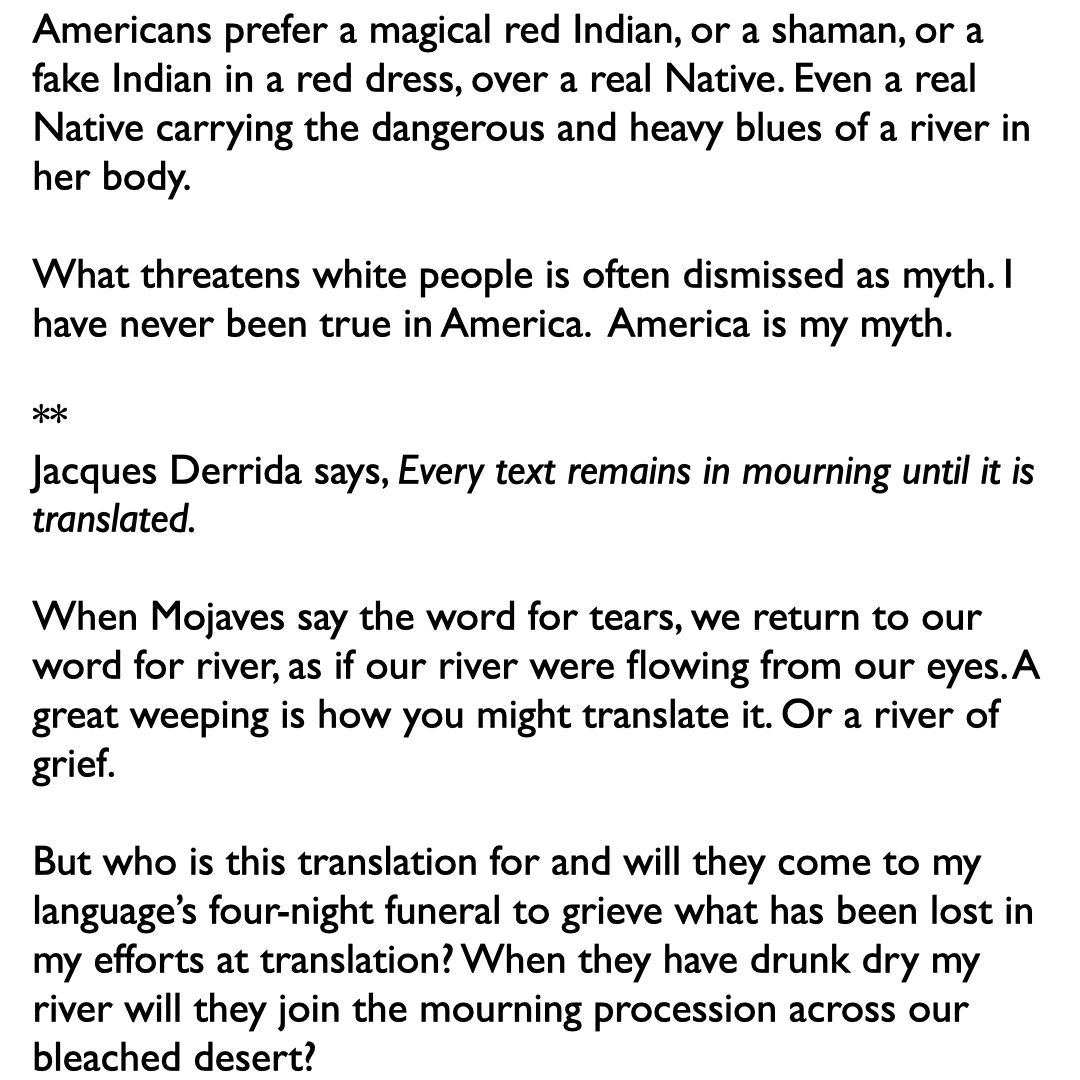A friend angrily directed me to the videos of the teachers wearing hijab, who were humiliated in Mandya, and other parts of Karnataka, endorsed by high court orders. These teachers, as they approached the gates, were made to strip their outer layer of clothing, under the watchman’s stern gaze. Before they entered, I saw others, perhaps colleagues, who were motioning angrily at them, finger wagging menacingly - Dare you enter with your hijab. The message was clear. In a broken judiciary that is the central processing unit of the Hindutva machine, the parts are being replaced by wily bigots who are rubbing their palms with relish at the chance to unleash their personal vendettas, and prejudices.
Our country has hit a new low. The Nazis used public humiliation as a hegemonic strategy of control and ridicule routinely, and allowed ordinary people to revel in this disgusting spectacle. They never referred to the Jews as anything but vermin or cockroaches, or ‘lesser’ creatures. It is an expression of ruthlessness, and the government has given this weapon into the hands of ordinary people, whose baser Brahmannical instincts incline towards bestial violence. It still surprises me - the images, and the voyeuristic pleasure that trolls are drawing from these acts. (Why should it - we have seen those who committed lynchings being garlanded and applauded by political candidates) We have allowed our democratic and federal structures, our social institutions, to be overpowered by ‘public sentiment’. You and I are pawns, and even systems of redress that have been perfected over centuries of years, are witness, no, accomplice, to these dehumanising acts. The psychological effect of Hindutva on entire communities, in this instance, symbolised by the muslim women who were forced to strip before entering college, is catastrophic.
In a Narcisstic stand-off, when the perpetrator is unable to face up to their own weaknesses they project these insecurities on their victims. They shame their victims, humiliate and condemn them to the worst kind of treatment, simply because they cannot feel. They watch as the victims squirm and cower, unable to understand how to fight this co-dependance in a toxic relationship. What is disturbing is that the machinations of control are evolving, the duplicities are more compelling while being more invisible.
The second piece of news that convinced me of the nuance and complexity of subterfuge, and how closely it is tied to political authority in present times, is the unfolding scandal that involved the NSE’s ex boss Chitra Ramakrishnan. This woman, at the helm of one of the country’s foremost financial institutions, let a mysterious conman, a “yogi” who purportedly resided in the Himalayas, make key decisions that decided the financial fate of this country! Criminal breach of trust is an understatement - there is regular email correspondence showing how this ‘guru’ through ‘ashirvadams’ and ‘gnana vels’ actually made appointments at the management level, extracted crucial information that is akin to ‘insider trading’ for years. My first reaction was laughter - honestly, I have grown tired of using the word “absurd” while describing this country’s political circus.
Palak Shah one of the first journalists to blow this entire saga open, however, gave some reassurance, by pointing out that this ‘yogi’ is a character conjured up to hide the deeper designs of this individual or group that was remotely running the NSE. It was a smokescreen put into place by some political-business figure, who is still in the shadows. This is the stuff of noir, and it is no small scandal - it is as big as the Harshad Mehta Scam. Like the other scam which is not making headlines (the ABG shipping yard fraud that duped banks out of a whopping 22,842 crores), information is being suppressed. In fact, preliminary searches on social media will give you no results, there are no trending hashtags and even the most basic keywords yield no results. The recent pieces about this scam, talk, not about the investigation or the punishment, but the Finance minister’s defensive stance combating the assertion that the government and investigative agencies dragged their feet over uncovering this scandal, even with prior knowledge of what was happening. At least they’re on the backfoot. But do you see what is happening - the country is being run by forces that are operating, not proactively, but in response time. Their only act is of damage control.
I see in this pattern of ritual veiling and unveiling, in this complex geometry of perception, a complete absence of real action. We have an administration in free-fall, that has made the initial noises about its proposed vision of the Hindu rashtra, but now, they are dancing to the tunes of their most radical populace. We have Dharma Sansad organisers criticising even the RSS, saying that they have lost their way, and they do not know the true meaning of ‘hindu rashtra’. In the ruthless surge to maintain power, those who lose out are always those at the periphery. This is a game of numbers - specifically election numbers. But then, let me use this is an excuse to cut into the poetry I want to share with you today.
Poets have this unique ability to wrench humanity out of the inanimate, to turn, even the deepest traumas into love, and healing. But, in the process they uncover violence of forces beyond them. In that line “Let me be lonely but not invisible”, I saw the pleas of the hijab clad women who are fighting a complex battle, who seek the visibility of their basic freedom of choice, a freedom that will leave them lonely.
Diaz neatly satirises the entitlement of the American dream, and the emptiness of its conquest. The situation she describes, is unique, and I, a reader, can only understand it through the echoes of oppression and violence in my own contexts. What Diaz does is fascinating - she slowly unravels the inert digits connecting violence to state, and race; she upends the artifice of language, and laughs at the proposed idealism of the nation-military complex. The last two lines are scorching, turning an intimate moment into revolution, simply by the sequential logic of metaphor and repetition the poem uses to reach its end. Diaz uses repetition with a relentless fervour. She is exacting, reaching the soul of things, unveiling the designs of hatred, of power relations. Here are a few excerpts from the poem ‘The First Water is the Body’. Take a breath - it is not easy to digest Diaz’s intricate truth telling:
Please note, these are excerpts, not the complete poem. But this genre bending work is an education, truly. It is an unlearning. Diaz uses language, without romance, to lyrically untether the mythologies of modernity, that are used to oppress. She does this, both by revealing the illusions of the political forces that an oppressed community deals with, but also by unravelling the intuitive truths of her Mojave lineage. When she builds up to this line, marking the various complexities of translation, quoting Derrida and Berger as she makes her way there, it strikes the reader that there is more wisdom here, in these lines than in a thousand critical lines of social theory: If I say, My river is disappearing, do I also mean, My people are disappearing?
But the end is prophetic, and serves, more as warning, then redemption - "Do you think the water will forget what we have done, what we continue to do?”
I submit to the belief that there will always be comeuppance.
This anger, though righteous, will see its logical end- justice.
Note: Poems are from Natalie Diaz’s amazing anthology Postcolonial Love Poem, Graywolf Press, 2020.
If the poetry, and the commentary, resonate with you, do consider ‘buying me a coffee’. (Matlab, if you can’t, that’s also fine, obviously. This is a free newsletter)
Note: Those, not in India, who’d like to support the work I do at Poetly, do write to me - poetly@pm.me. (Paypal seems to have left the building, still figuring it out)
You can write to me, waise bhi, if you feel like it :)
Thanks for reading Poetly! Do subscribe if you are not reading this in your inbox. Cheers!










